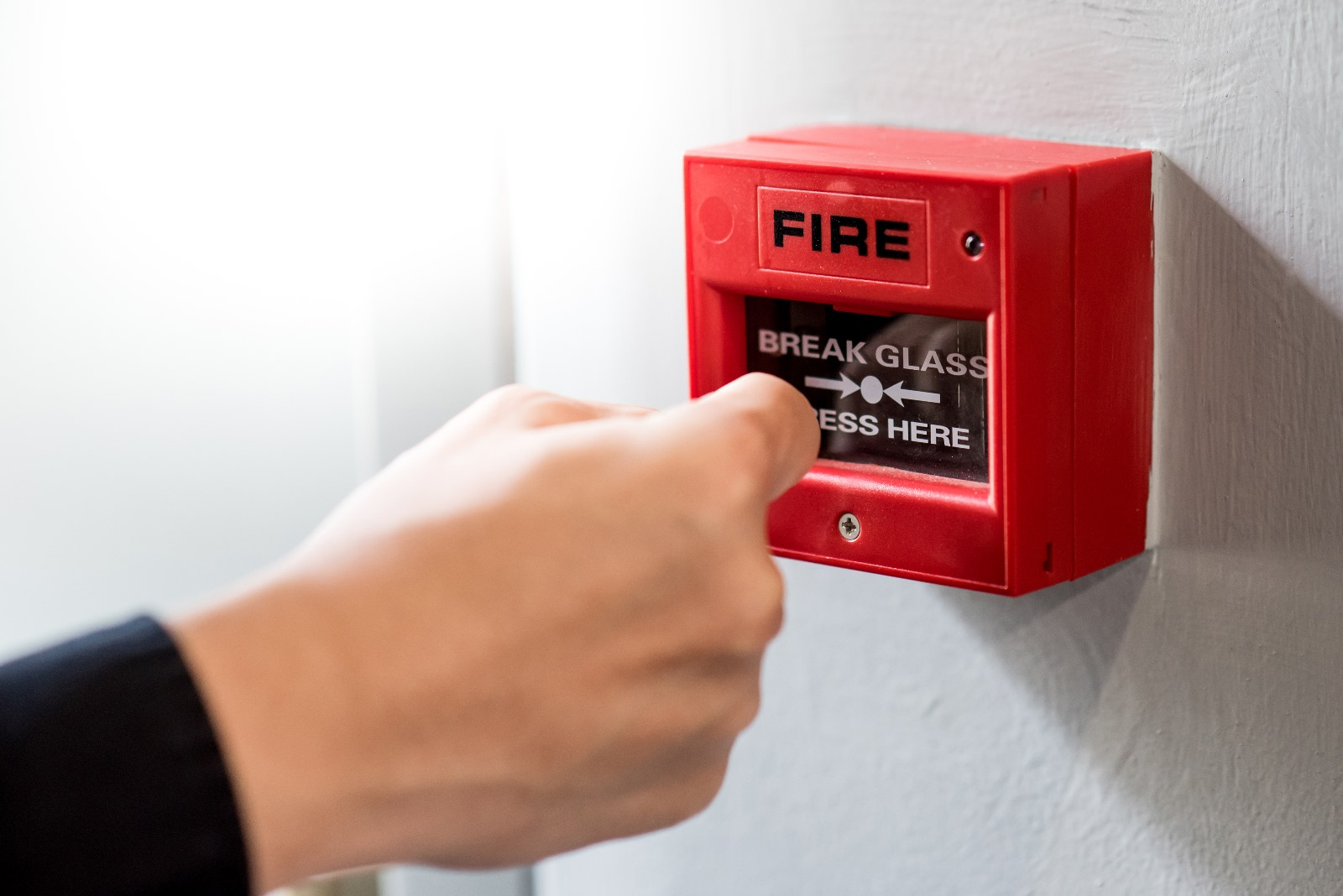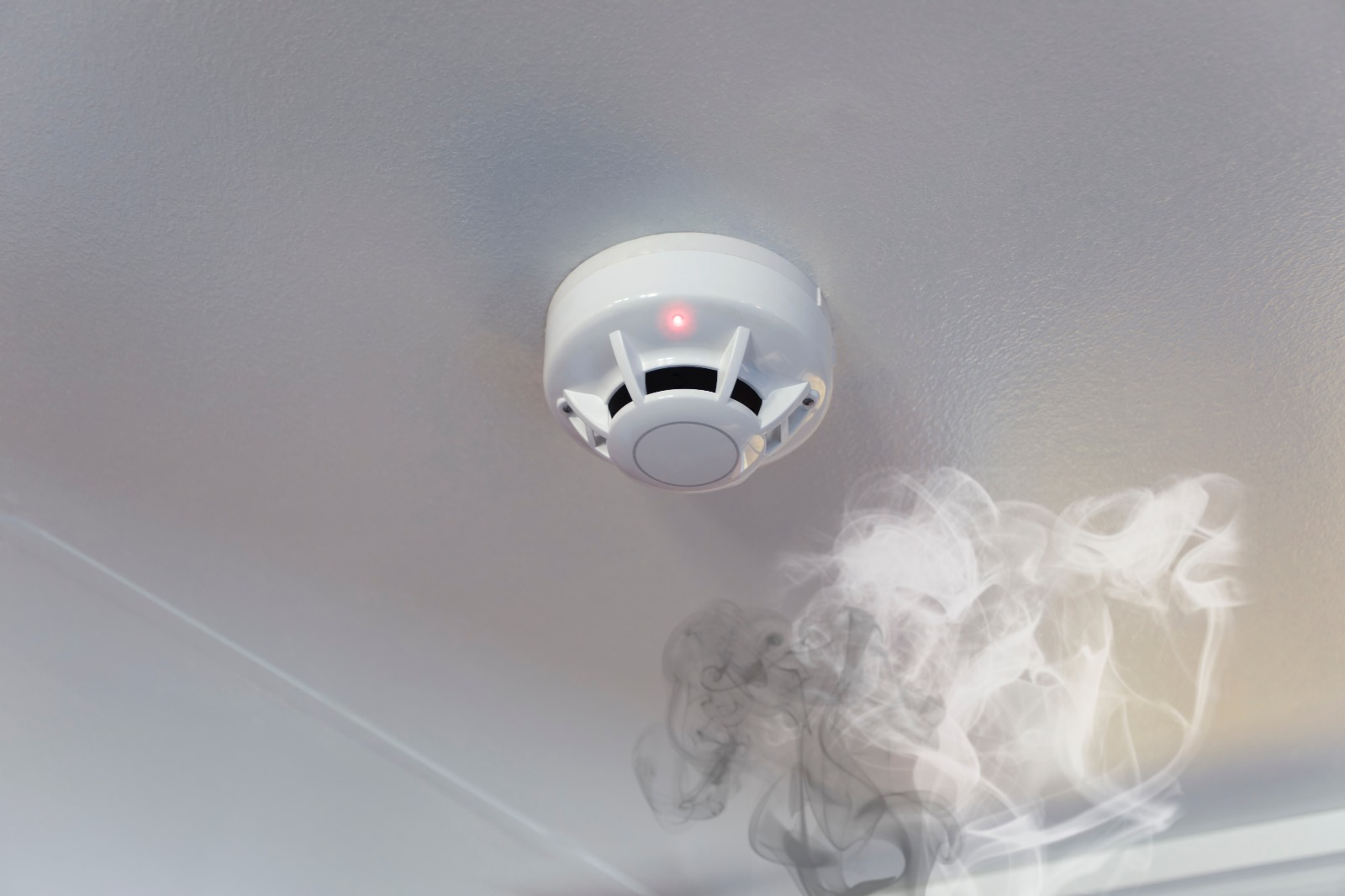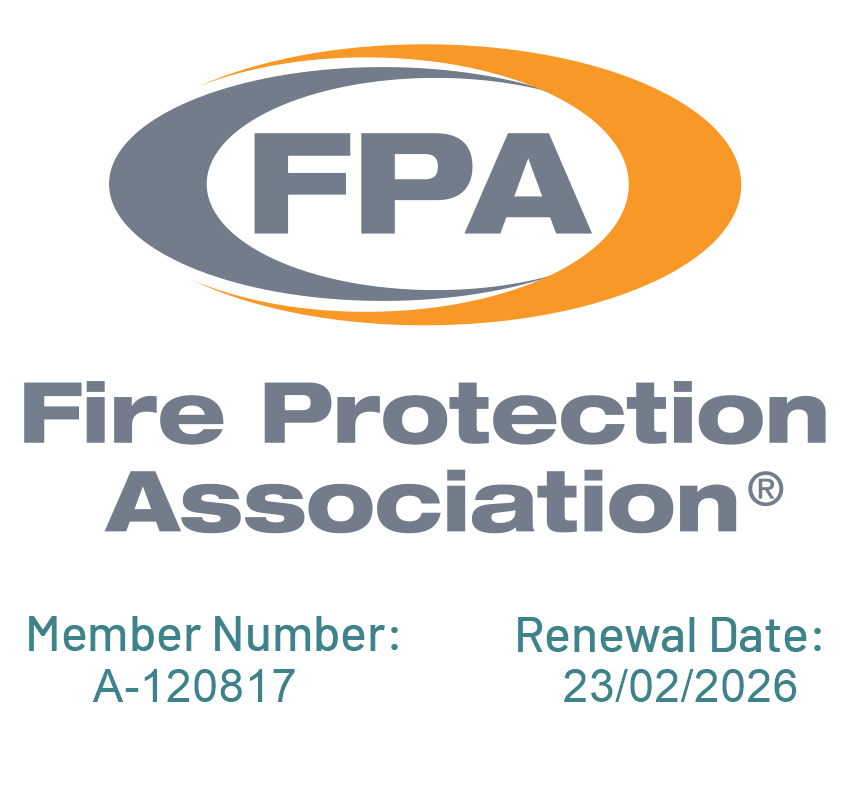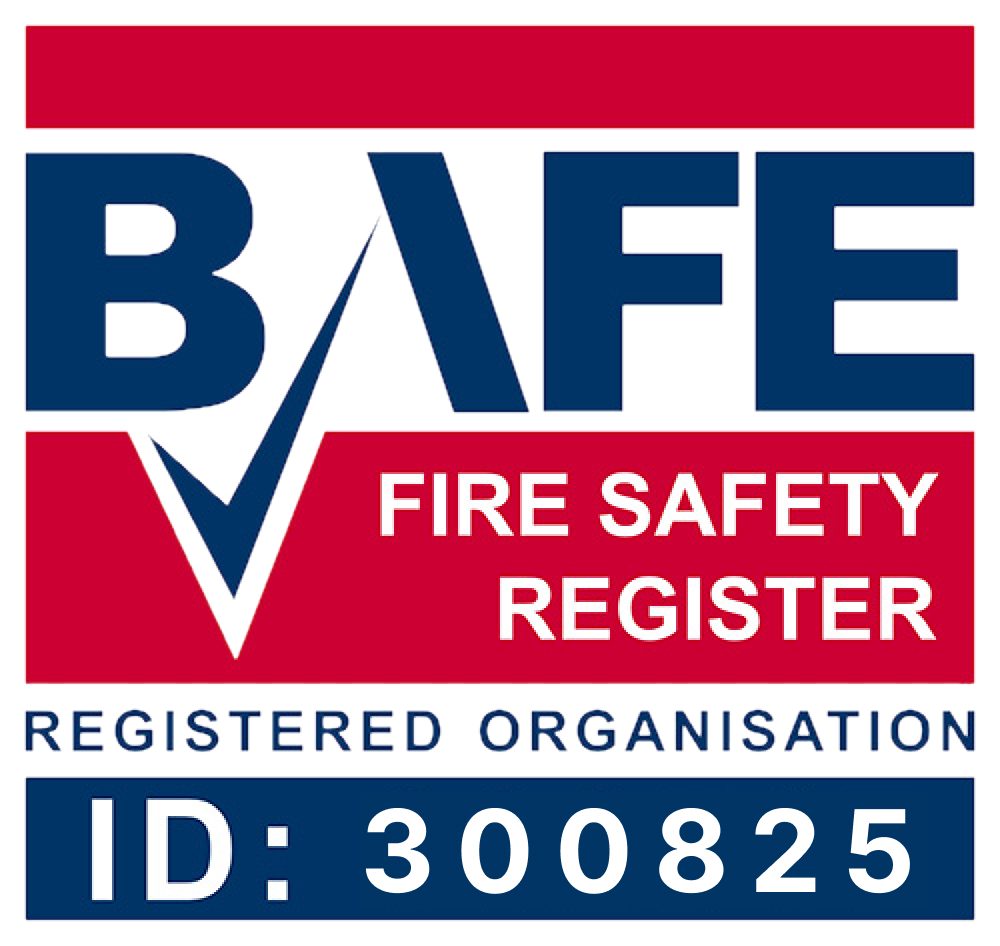Most fatal fires are started by discarded cigarettes, matches and lighters according to Fire Facts, the London Fire Brigade’s comprehensive annual review of fire data. The report covers up to the end of 2016 and does not include the tragic Grenfell tower fire that happened in June last year.
So many of these deaths and injuries could have been prevented
Overall fires are down, but the Brigade remain concerned about the number of fatalities and injuries from fires that are largely preventable such as those caused by smouldering cigarettes, unattended candles but also faulty white goods such as fridges and freezers.
London Fire Brigade Director of Operations Tom George said:
“Last year, there were around 11 smoking-related fires per week and at least one smoking-related fire fatality every month. These are often small fires started when people have fallen asleep smoking or have been drinking and smoking. It’s not uncommon for people to have died in these sorts of fires before the alarm is even raised.
“So many of these deaths and injuries could have been prevented either by switching to vaping or, providing personal sprinkler systems and fireproof bedding for the most vulnerable.
“This shows how important our community safety work is. Modern firefighting is about stopping fires from happening in the first place, prevention is much more than a better cure.
“These figures show that there is still more prevention work that can be done and the Brigade is keen to maximise its partnership work with local authorities, health providers and community groups. Far too many older and vulnerable people are dying unnecessarily in avoidable fires due to mobility issues or because fire detection systems are just not in place or working properly.”
Homes need multiple smoke alarms so that they are properly covered
Last year crews carried out around 84,000 home fire safety visits where they fitted smoke alarms, provided safety advice and worked with councils and housing providers to provide fireproof bedding and other practical equipment. The Brigade’s focus is to visit vulnerable people who have lifestyle characteristics that put them at greater risk of having a fatal fire.
The Brigade wants to see homes with multiple smoke alarms so that they are properly covered. Smoke alarms should be fitted in all rooms where fires can start, including rooms where you leave electrical equipment running like satellite boxes, computers or heaters; any room where you smoke, and anywhere you charge your mobile or laptop. As a minimum, you should have smoke alarms on every floor – in the hallways and the rooms you use the most, plus a heat alarm in the kitchen.
The report found that:
- Half of accidental fatal fire deaths in the home were caused by smoking
- Kitchen appliances caused 419 fires last year, up 15 on the previous year
- There were more fire-related injuries caused by cooking than by smoking and candles combined.
Fewest primary fires since records began
Fire Facts also show that there were 10,587 ‘primary fires’ in 2016, the fewest since official records were logged in 1966. Primary fires include all occupied building fires, those involving casualties or rescues and any that require five fire engines or more.
Primary fires are down by over 50 per cent from their highest point in 2001 (22,655) when the Brigade’s community safety strategy started. This changed the Brigade’s focus from being a permeably reactive emergency responder to a more proactive service with community fire safety at the core of its activities. Since then primary fires have reduced on average by around 850 fires per year and all other fire categories have shown a consistent downward trend.
The Fire Facts series gives the public more access to key London Fire Brigade data. It is divided into four sections: long-term trends, where fires happen, fires in the home and fires in other buildings. The report also finds;
- The busiest time for fires in London is 7 pm with the quietest being 6 am.
- Most fires start in the kitchen but are less likely to be fatal, most fatal fires in the home start in the living room but this is often where people are asleep.
- 1976 had the greatest number of fires followed by 2003, 1989, 1995 and 2001.















































